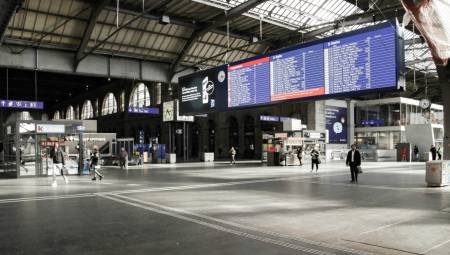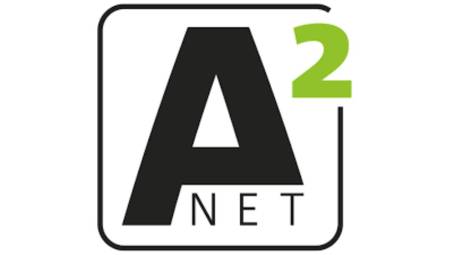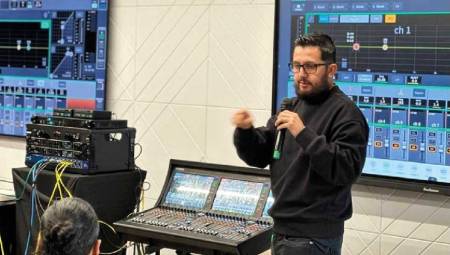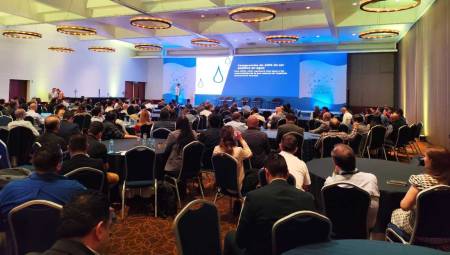 The lack of internet coverage and quality energy service in some regions have not allowed digital networks to reach outside capital cities in most cases.
The lack of internet coverage and quality energy service in some regions have not allowed digital networks to reach outside capital cities in most cases.
By Richard Santa
Computers and the internet are two technological advances that today are part of the lives of almost all people and that have caused changes in the traditional functioning of some areas of daily life, including education.
Digital networks have become the commitment of many governments to massify education programs, both basic and higher, but how prepared is Latin America to face this issue?
In terms of knowledge, it is ready, but in terms of infrastructure and Internet connection there is still a long way to go, especially to reach hard-to-reach regions. This is assured by Juan Domingo Farnos, researcher and teacher in e-learning, educational technologies and knowledge management.
But educational innovation involving the use of digital technologies is not benefiting all sectors of the population on the same level. This, in part, as a consequence of the phenomena that participate in what we know as "digital divide".
Alexander Gutierrez, of the Colombian company Automa, argues that at this moment private colleges and universities are prepared to face digital networks.
"However, for the large sector that is public education, in countries like Colombia, coverage is lacking in several points. At the moment there is infrastructure such as mega-schools and public libraries, but there is still a lack of investment in this area, probably due to lack of budget."
The digital divide
Although the digital divide has been closing in recent years, due to the fact that the coverage rate in terms of Internet connections and computer provision has grown exponentially in most countries of the continent, the penetration of these technologies has not advanced at the same pace.
The coverage corresponds to the provision of equipment and the provision of Internet connections. Penetration, on the other hand, as in the case of any technology, is a problem of appropriation and use, which is located in the dimensions of the educational and the cultural.
For Juan Montoya, sales manager of Central and South America of the Bosch company, "the current state of computer and Internet coverage in Latin America we consider that it is in an intermediate stage and there is still a long way to go to have a desired coverage".
Juan Domingo Farnos argues that to further massify digital networks through education, "mechanisms of economic collaboration are needed, because Education without money does not work, whatever the purists say."
For his part, Fernando Zapata, who belongs to the educational didactics group of the University of Antioquia, assures that the problem of the digital divide has been assumed from the perspective of infrastructure throughout the continent, and that the initiatives of some European countries and in the United States have been better understood.
He adds that "the provision of infrastructure and the expansion of coverage in the Internet service must be accompanied by digital literacy processes because the 'digital divide' is not closed by 'distributing computers' or giving away Internet connections."
It also states that the digital divide has different components: infrastructure, coverage, but also use, appropriation, social relevance, age, gender, levels of training, affects social roles and professions at different levels.
He gave as an example the case of the mother of a family who does not explain how her daughter does not improve her performance at school even when she has bought her a computer and the girl spends all her time sitting "working" on it.
"In the Colombian case, the geography of the region makes it difficult to offer broadband access to many sites, the other aspect is the lack of good quality electricity coverage in some remote regions where the electrical fluid frequently fails causing networks and systems to fall," says the Automa representative.
A decade of digital education
For a decade, digital networks have been used to strengthen education, although in recent years, with the appearance of Web 2.0, the issue has multiplied, since it allows collaboration and exchange, which makes information travel at a great speed.
Thus, not only do you have more resources in less space of time and without depending on physical spaces, this makes the knowledge itself improve in potentiality.
There are some successful experiences in South America of digital education. One of the best-known cases is the Ceibal Plan in Uruguay. Juan Domingo Farnos maintains that "whether they work or not, the truth is that there are varied opinions, although in reality what is being done is to introduce ICT very little by little, there is a long way to go, there are only two things missing: attitude and money".
Most studies and reports at the regional level, according to Fernando Zapata, are concentrated on the indicators that correspond to the expansion of coverage and the provision of infrastructure.
"There is a lack of studies that contrast these figures with those that correspond to the quality of education, the relevance of the new educational processes that have been implemented in each country, and the place that the region occupies in relation to others in the world."
He indicated that the results of the PISA tests in the last five years seem to show, in the field of basic education, that the quality of education in Latin America is getting worse every day.
According to Alexander Gutierrez, there is no reference to failed projects because this is a new field. "Any innovation is for the benefit of students and teachers, we must remember that regardless of the technology that is always used, the most important thing will be the content and the use that is given, the same happens with Digital Signage".
In some places where the government installed internet links for the neediest communities, they found that it was used for purposes other than education, used to visit social networks and adult content pages.
Gutierrez concluded that projects are successful or failed depending on their proper management.
Developments for this year
Juan Domingo Farnos pointed out that in terms of new technological developments to strengthen education through digital networks, he foresees that computers will disappear and the technologies of the so-called tablets, type Ipad, will emerge.
In addition, in terms of communication, social networks will change completely, they will be more visual and auditory, more synchronous, with immediate effects. Cell phones will be multipurpose, that is, with a phone we can even pay the bills, and therefore, learn too.
At the moment, according to Juan Montoya, numerous success stories have been created focused on the part of transmission of audiovisual content through digital networks, but this content has usually been transmitted in the form of data, not so much streaming, nor audio as such.
"The implementation of digital audio networks in educational institutions is still something of a rather local application, but the biggest obstacle has been the insufficient capacity encountered in the networks and sometimes the obstacles created by the same IT people who want the network to be used only for data use."
He added that "for security, they prevent any other participant who requires using that medium from being welcome, of course things in recent years have been changing and a greater receptivity has been found in this regard on the part of IT people."
Automa emphasizes that the interactive electronic boards, available in sizes from 32" to 65", facilitate the work of the educator. Some models include class management software for conducting assessments and surveys.
Likewise, the ultra-thin frame videowall allows digital content management, this facilitates the projection of the screen of any student's computer, regardless of whether it is a laptop, notebook or tablet, Windows, Apple or Linux system, to the videowall, using wired or wireless networks.
Also A/V kit systems, which allow a quick and easy installation to provide a classroom with the required audio and video connectivity, including wireless microphones.















